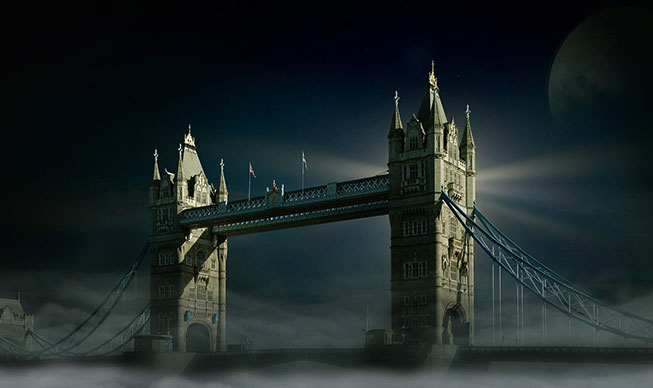Taxis Through The Century

The history of taxi drivers in London is rich and fascinating, dating back several centuries. The iconic black cabs and the skilled drivers who operate them have become an integral part of the city's culture and transportation system. Here's a brief overview of the history of taxi drivers in London:
1. Horse-Drawn Hackney Carriages (17th-19th Century): The origins of London's taxi service can be traced back to the 17th century when horse-drawn hackney carriages first appeared. These carriages were available for hire and were regulated by the government to ensure fair pricing and quality service. They were often used for short trips within the city.
2. Introduction of Motorised Taxis (Early 20th Century): The early 20th century saw the transition from horse-drawn carriages to motorised vehicles. The first motorised taxis, known as "taximeters," were introduced in London around 1903. These vehicles were equipped with taximeters, mechanical devices that calculated the fare based on distance travelled and waiting time.
3. The Birth of the Black Cab (1920s): The distinctive black cabs, also known as hackney carriages, became a symbol of London in the 1920s. The London General Cab Company introduced a standardised taxi design featuring a spacious passenger compartment, easy entry and exit, and a turning circle that allowed the vehicle to navigate the city's narrow streets. The iconic black colour was chosen to create a uniform appearance.
4. Regulation and Licensing: Taxi drivers in London have long been subject to strict regulations and licensing requirements. The Public Carriage Office, established in the mid-19th century, was responsible for licensing and regulating taxi drivers and vehicles. To become a licensed taxi driver (known as a "cabbie"), individuals had to pass a rigorous exam called "The Knowledge," which required memorising thousands of London streets and landmarks.
5. Modernisation and Challenges: In recent decades, London's taxi industry has faced various challenges, including competition from ride-sharing services like Uber. However, black cabs have remained an essential part of London's transportation network, especially due to their accessibility features and regulated pricing.
6. Environmental Concerns: With growing environmental concerns, there has been a push to make London's taxi fleet more eco-friendly. The introduction of electric taxis, often referred to as "electric black cabs," has gained traction as a way to reduce emissions and air pollution in the city.
7. Cultural Significance: London's black cabs have not only served as a means of transportation but have also become cultural icons. They are frequently featured in films, television shows, and literature set in London, contributing to the city's unique identity.
The history of taxi drivers in London reflects the evolution of urban transportation, technological advancements, and the adaptation of traditional services to changing times. The black cab and the knowledgeable drivers navigating the city's streets have become enduring symbols of London's charm and character.

